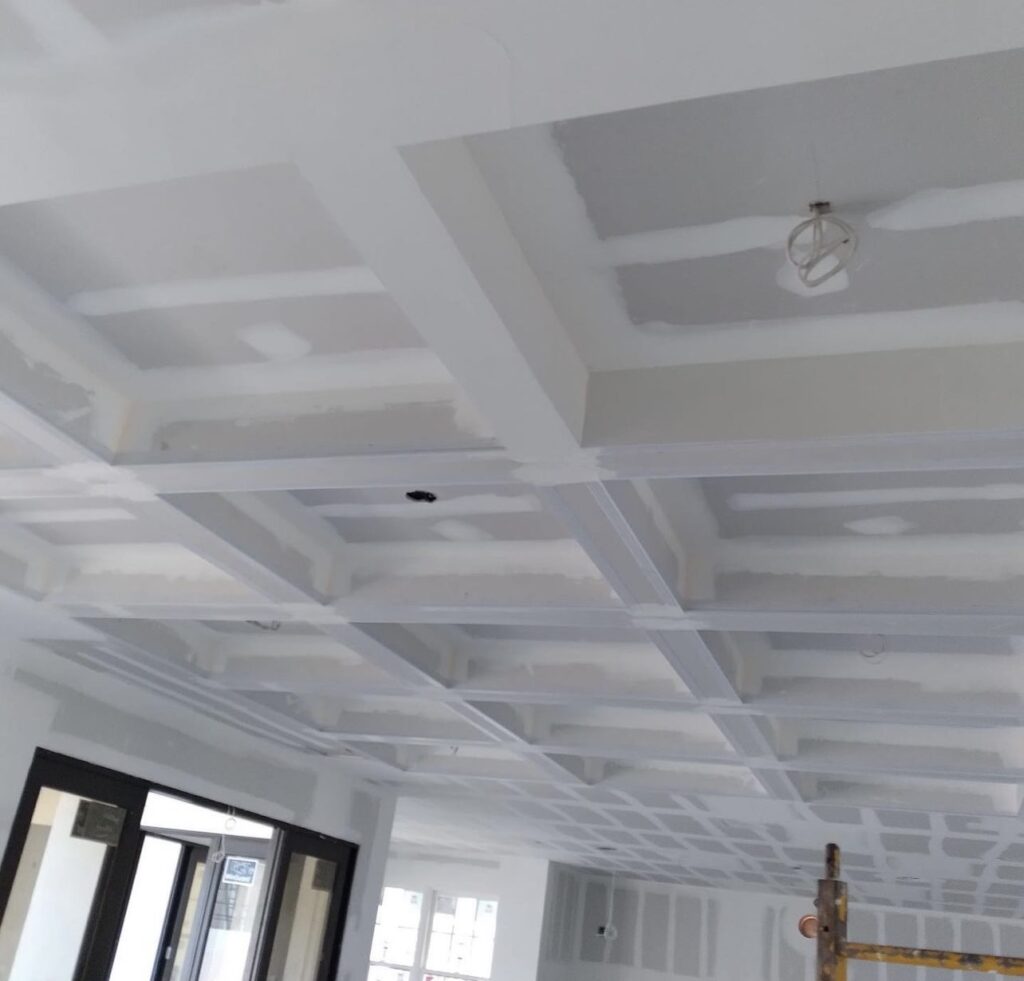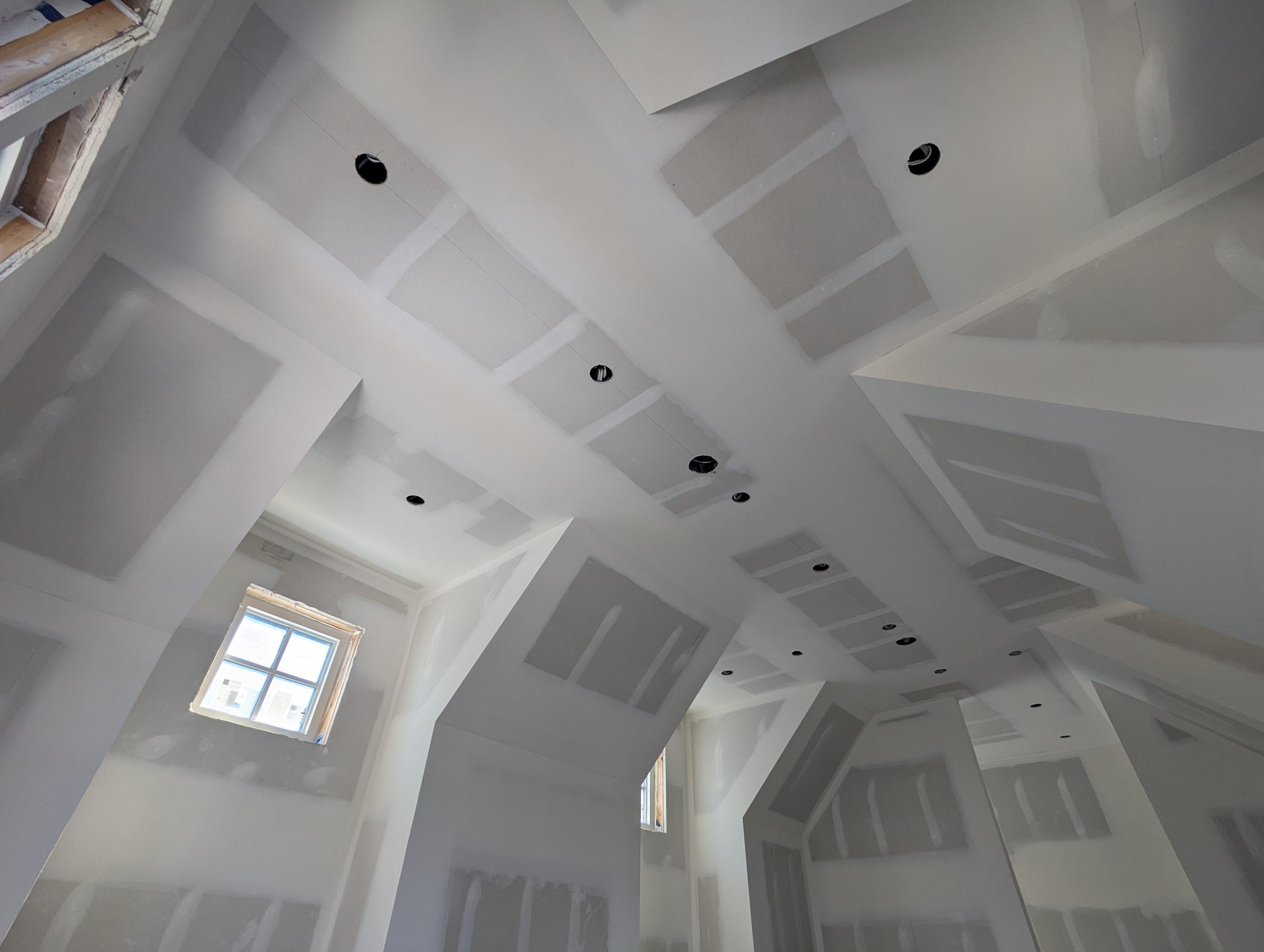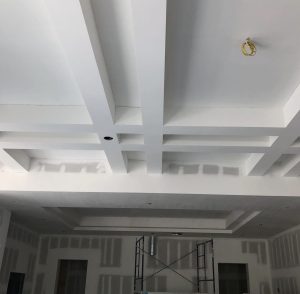Drywall Solutions for Renovating Older Homes: What You Need to Know
Renovating an older home is an exciting but challenging endeavor. Many homeowners take on the project to preserve historical charm while updating essential components for modern comfort. One of the most critical aspects of home renovation is drywall installation, as it provides smooth, durable walls that enhance both aesthetics and functionality. However, working with an older home presents unique challenges that require careful planning and expertise. In this blog, we will explore the best drywall solutions for renovating an older home, ensuring a successful transformation while maintaining the home’s character.
Understanding the Challenges of Drywall Installation in Older Homes
Before diving into drywall installation, it’s important to understand the specific challenges that come with renovating an older home. Some of these include:
Uneven Walls and Ceilings: Many older homes have settled over time, leading to uneven surfaces that require special attention before drywall installation.
Lath and Plaster Walls: Traditional lath and plaster walls, common in older homes, can be difficult to replace or repair when integrating drywall.
Outdated Electrical and Plumbing Systems: Older homes may need electrical and plumbing upgrades, requiring strategic drywall cuts and reinforcements.
Moisture Issues and Insulation Gaps: Some older homes lack modern insulation or suffer from moisture damage, necessitating moisture-resistant drywall solutions.
Preserving Historical Features: Homeowners often want to retain historical moldings, trims, or other architectural elements, requiring precise drywall installation techniques.
Choosing the Right Drywall for an Older Home Renovation
When renovating an older home, selecting the right type of drywall is crucial for longevity and performance. Here are some of the best drywall options to consider:
1. Standard Drywall
For general wall installations in an older home, standard 1/2-inch drywall works well. It provides a smooth surface and is easy to install over existing structures.
2. Moisture-Resistant Drywall
Older homes may have moisture problems due to outdated roofing, poor ventilation, or leaks. Using moisture-resistant drywall in high-humidity areas, such as bathrooms and basements, helps prevent mold growth and damage.
3. Fire-Resistant Drywall
Many older homes were built with materials that do not meet modern fire codes. Installing fire-resistant drywall, especially around fireplaces, kitchens, and utility rooms, enhances safety.
4. Soundproof Drywall
If an older home has thin walls, noise can be a concern. Soundproof drywall solutions can help reduce noise transfer, making the home more comfortable and private.
5. Flexible Drywall
Some older homes feature curved walls or intricate designs. Flexible drywall can be used to match these unique architectural elements without compromising the home’s integrity.
Preparing an Older Home for Drywall Installation
Proper preparation is key to ensuring a smooth drywall installation process in an older home. Follow these steps for the best results:
1. Assess the Existing Walls
Inspect the current wall structure for damage, mold, or instability. If the home has lath and plaster walls, consider whether to remove them or install drywall over them.
2. Upgrade Insulation
Older homes often lack sufficient insulation. Before installing drywall, upgrade wall insulation using spray foam, rigid foam, or batt insulation to improve energy efficiency.
3. Address Structural Issues
Check for cracks, sagging, or weak framing that may need reinforcement before drywall installation. Fixing these issues early prevents future problems.
4. Install a Vapor Barrier if Needed
If the home is in a high-humidity climate, installing a vapor barrier behind the drywall can help protect against moisture infiltration.
5. Use Proper Framing Adjustments
Older homes may have non-standard stud spacing. Adding furring strips or re-framing certain sections can help align drywall panels correctly.
Drywall Installation Techniques for Older Homes
Once the home is prepped, proper installation techniques ensure long-lasting results. Here are some best practices:
1. Removing Old Lath and Plaster
If the old walls are in poor condition, removing them entirely allows for a fresh start. This also makes it easier to install new wiring and insulation.
2. Installing Drywall Over Existing Walls
If the lath and plaster walls are stable, drywall can be installed directly over them using adhesive and screws. This method preserves historical elements while modernizing the space.
3. Using Shims for Leveling
Since older homes often have uneven studs, use shims to create a flat surface before attaching drywall panels.
4. Taping and Mudding for a Seamless Finish
Apply drywall tape and joint compound in multiple layers to create a smooth, seamless surface. Feathering the edges ensures that the finish blends naturally with the rest of the wall.
5. Preserving Architectural Details
When installing drywall around historic moldings or trims, use careful cutting techniques to maintain the home’s original charm.
Finishing Touches: Painting and Texturing Drywall in an Older Home
Once the drywall is installed, the final touches bring the renovation together. Consider these tips:
Choose Paint That Complements the Home’s Character: Soft, neutral tones maintain a timeless look, while bold colors add a modern touch.
Apply Textured Finishes: If the original walls had a textured finish, consider using knockdown, skip trowel, or Venetian plaster techniques to replicate the effect.
Seal and Protect the Drywall: Use high-quality primers and sealers to enhance durability and longevity.
Conclusion
Drywall installation is a crucial step in renovating an older home, providing durability, insulation, and a fresh aesthetic while maintaining the home’s charm. By understanding common challenges, selecting the right drywall materials, and using proper installation techniques, homeowners can achieve a seamless renovation that enhances both function and beauty. Whether you’re modernizing an older home or restoring its historical appeal, professional drywall solutions ensure a successful transformation.







